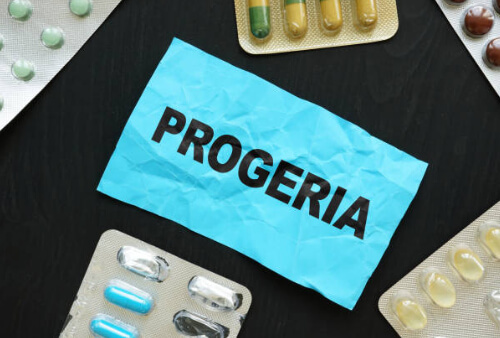Resveratrol is a natural compound that works as a chemo-preventive compound as many pre-clinical trials have demonstrated. Ongoing studies have given vast amounts of information to the pharmacokinetics of this compound. [1]
Most of those studies have been done in cells or tissues where doses ranged from 10-5 to 10-4 M concentrations. In itself, these concentrations may be useful for a researcher to know but can be difficult to interpret into practical dosages for the average person. Therefore, several questions remain to be fully addressed. For example, what is the most suitable dose of resveratrol for effective Cancer preventive intervention in a person?
This and other questions are discussed in recent scientific articles and simple, straightforward answers remain elusive. In a recent article, a group of scientists led by Andrea Gescher discussed our current understanding of this topic and concluded that more research is needed to understand the pharmacokinetics of resveratrol (Molecular Nutrition and food Research, 2011).
In another review article by Thomas Walle from the Medical University of South Carolina, the bioavailability, adsorption, and metabolism of resveratrol are discussed (Annals of the New York of Academy of Sciences, 2011 pages 9-15). Although this article provides more general information with regards to dosages, for example, during initial resveratrol studies, 25 mg of resveratrol was given in studies trying to emulate the dosage provided with the intake of red wine. Interestingly, this article points out how researcher's logical approach of increasing the dosage to increase the chemo-preventive beneficial effects of resveratrol does not lead to more resveratrol in the bloodstream. [2]
They suggest that this may be explained by the fact that we might not know exactly what resveratrol is interacting with that gives us these benefits. In addition, Dr. Walle discusses that resveratrol may be changed into one of its analogs (a resveratrol-like structure) that actually may be imparting health benefits.
Interestingly, some of the concerns that Dr. Walle comments with regard to adsorption are also addressed in another article this month (Journal of Agricultural and food Chemistry, 2011 pages 12352-12360). In this research article, the authors address the adsorption by nanoencapsulation resveratrol. The authors conclude that nanoencapsulation of resveratrol leads to higher chemical and antioxidant activity, suggesting that nanoencapsulation resveratrol not digested in the gastrointestinal tract leads to better adsorption.
References:
- https://www.imrpress.com/journal/FBL/12/13/10.2741/2432
- https://nyaspubs.onlinelibrary.wiley.com/doi/abs/10.1111/j.1749-6632.2002.tb02918.x








